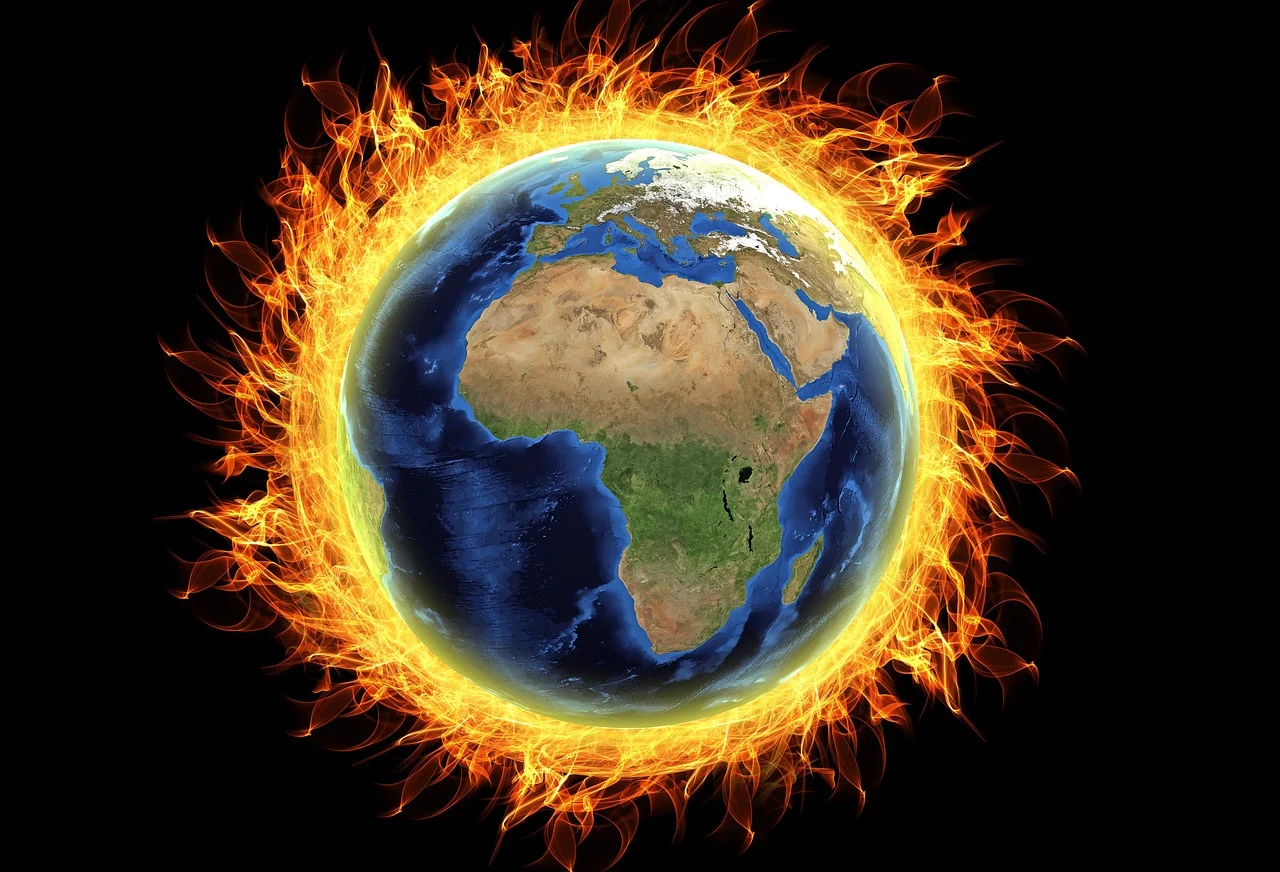In News
- The annual climate conference this year saw some key resolutions on fossil fuels, methane emissions, funds to fight global warming, among others.
Expectations
- COP28 was being seen as possibly the last opportunity to ensure that the world had some hopes of keeping within the 1.5 degree Celsius warming threshold.
- The main agenda at COP28 was to carry out a Global Stocktake (GST), a comprehensive assessment of where the world was in its fight against climate change and what more needed to be done to meet the climate objectives.
- The GST is mandated by the Paris Agreement to be a periodic exercise, the first one in 2023 and every five years thereafter.
- COP28 was being held at a time when global warming was breaking new records. The year 2023 is already confirmed to emerge as the hottest year ever.
- COP28, therefore, was expected to use the GST to stimulate more ambitious climate actions, particularly between now and 2030.
Outcomes
- Fossil fuel phase-out: This was the most hotly contested issue at COP28, and the reason for a prolonged deadlock.
- The role of fossil fuels in causing global warming had never been even acknowledged in any earlier COP decision, but this was getting increasingly untenable.
- After much deliberations, the final agreement called upon countries to contribute towards “transitioning away” from fossil fuels, “so as to achieve net zero by 2050”.
- There were no time schedules and no targets.
Tripling of Renewable Energy: This was an expected outcome, and the only one that contributes to additional emission reductions between now and 2030.
- The COP28 agreement calls upon countries to contribute to tripling of global installed capacity of renewable energy, and doubling of annual improvements in energy efficiency.
- Together, these two measures have the potential to avoid emissions of about 7 billion tonnes of carbon dioxide equivalent between now and 2030, more than all the net result of all the other climate actions being currently taken.
Phase-down of coal: Despite being a fossil fuel, just like oil or natural gas, coal has received a separate mention in the agreement.
- This is because coal was already singled out for phase-down in the Glasgow conference in 2021.
- There was a move to stipulate that no new coal fired power plants could be opened without an in-built carbon capture and storage facility, but this was strongly resisted by India, China, South Africa and other countries.
- It was dropped, and finally the Glasgow language was reiterated.
Methane emission cuts: The agreement talks about “accelerating and substantially reducing non-cabon-dioxide emissions globally, including in particular methane emissions by 2030”.
- Methane is the most widespread greenhouse gas apart from CO2, accounting for nearly 25 per cent of all emissions.
- It is also about 80 times more potent than CO2 in causing global warming. Methane emission reductions can therefore bring substantial benefits.
- But several countries, including India, are extremely opposed to any mandate to cut methane emissions, mainly because one of the major sources happens to be agriculture and livestock.
- The agreement does not mention any targets for methane emission cuts for the year 2030, although a group of about 100 countries had made a voluntary commitment, in Glasgow in 2021, to reduce their methane emissions by 30% by 2030.
Loss and Damage Fund: For the poor and vulnerable countries, this was the most important outcome.
- COP28 operationalised this fund on the opening day of the conference, and several countries, including hosts UAE, made funding commitments.
- By the end of the conference, commitments worth about US$ 800 million had been made.
- The money is meant to provide financial help to countries trying to recover from climate-induced disasters.
Global Goal on Adaptation: This was another important step developing countries had been waiting for.
- The Glasgow conference had decided to set up a two-year work programme to define the contours of this framework.
- The work programme resulted in the identification of some common adaptation goals, important for the entire world.
- These included reduction in climate-induced water scarcity, attaining climate-resilience in food and agricultural production, supplies and distribution, and resilience against climate-induced health impacts.
- The adaptation agreement currently lacks financial provisions, and countries would need to continue working on it to strengthen it in the coming years.
Source- Indian Express





